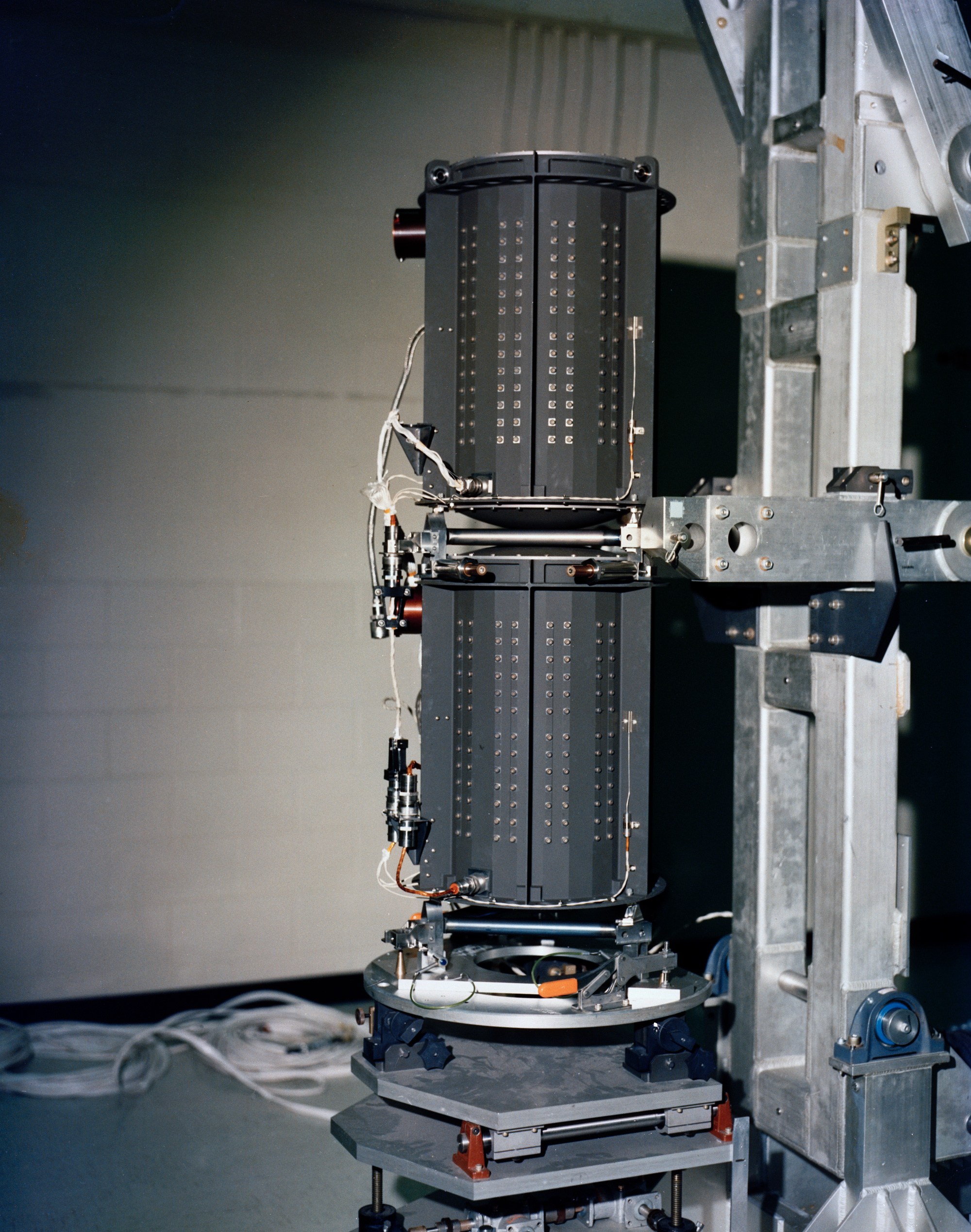A small reserve of backup power has been pressed into service to keep all Voyager 2’s scientific instruments operating until 2026, postponing a shutdown planned for this year. The operation will mean humanity maintains two eyes outside the heliosphere – the region where the solar wind dominates the interstellar medium.
There’s a strong argument Voyager 2 is the most significant scientific instrument of all time. It’s the only spacecraft to have visited Uranus and Neptune – and for quite a while yet most of what we know about those worlds will come from it alone. Meanwhile, its observations of Jupiter and Saturn were just as crucial as its twin, Voyager 1, allowing us to know what topics subsequent missions should focus on. Since leaving Neptune behind, its scientific output has slowed, but it has still helped map the boundaries of the heliopause and revealed an unexpected increase in density beyond the Solar System.
“The science data that the Voyagers are returning gets more valuable the farther away from the Sun they go, so we are definitely interested in keeping as many science instruments operating as long as possible,” said Dr Linda Spilker, Voyager’s project scientist at the Jet Propulsion Laboratory, in a statement.
However, when Voyager 2 was launched, the focus was only on enabling it to still be operating when it reached Neptune 12 years later. Little consideration was given to the possibility it would still be functioning 34 years after that. Both Voyagers get their energy from the decay of plutonium atoms, which produce heat that thermoelectric generators can convert to electricity, albeit with less than perfect efficiency.

Voyager 2 is powered by three radioisotope thermoelectric generators (RTGs) like this. The RTGs provide power for the spacecraft by converting the heat generated by the decay of plutonium-238 into electricity. Image Credit: NASA/JPL-Caltech
Even at launch, this amounted to just 470 Watts, less than the average resident of a wealthy country uses. With a half-life of 88 years, enough of the plutonium has decayed that this power is now around 30 percent lower.
By progressively switching off heaters, switching to backup thrusters, and shutting down other no-longer-needed systems, NASA has managed to maintain enough power to keep the others going, but that process can’t last forever. It was expected this year would be the end for at least one instrument, but Spilker and colleagues realized a small portion of the electricity is reserved for a voltage regulator designed to protect the instruments against power surges.
Switching the regulator off creates a small risk to all five scientific instruments, but this was judged preferable to shutting one down to leave enough power for the others. Having trialed working without the regulator for a few weeks the operators have opted to make the move permanent.
Unless some other rabbit can be pulled from a hat, the choice of which instrument goes first will still have to be made by 2026.
Voyager 1 requires a little less power than its sibling; one of its instruments failed early on. In a year’s time, if doing without the regulator works for Voyager 2, the same will probably be done to Voyager 1.
Source Link: NASA's Found A Way To Keep Voyager 2’s Full Science Operations Going Until 2026